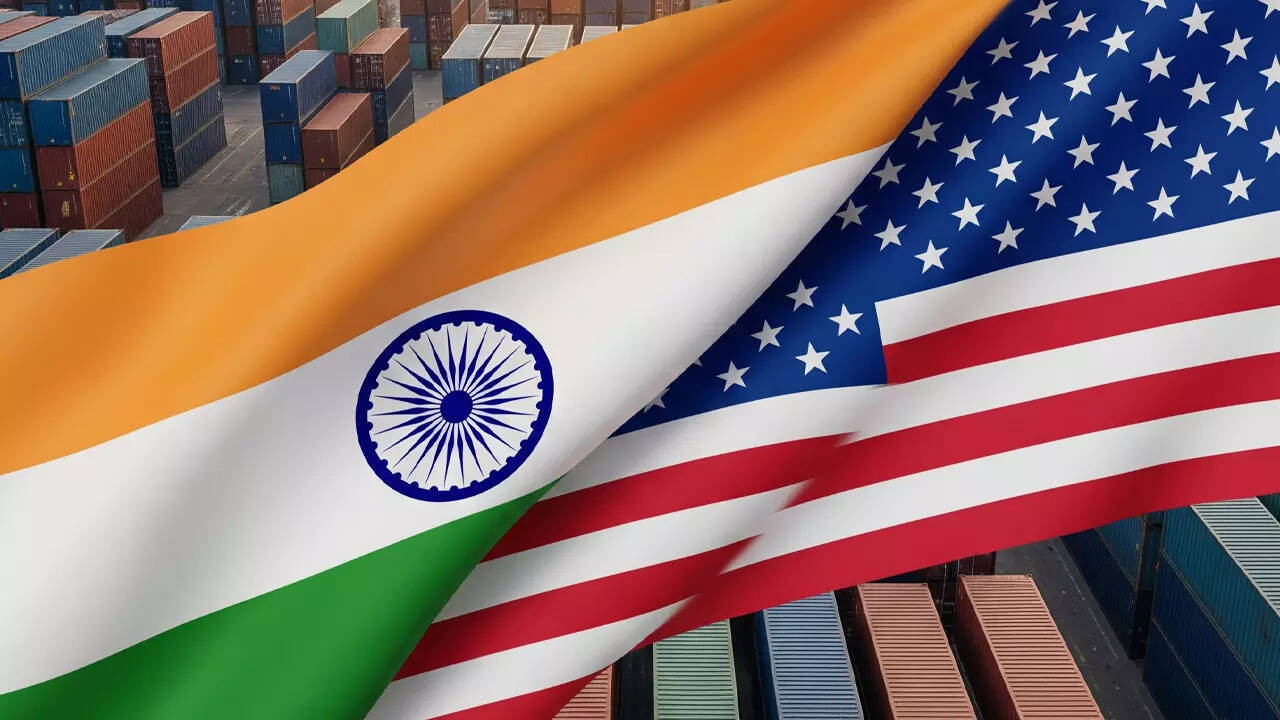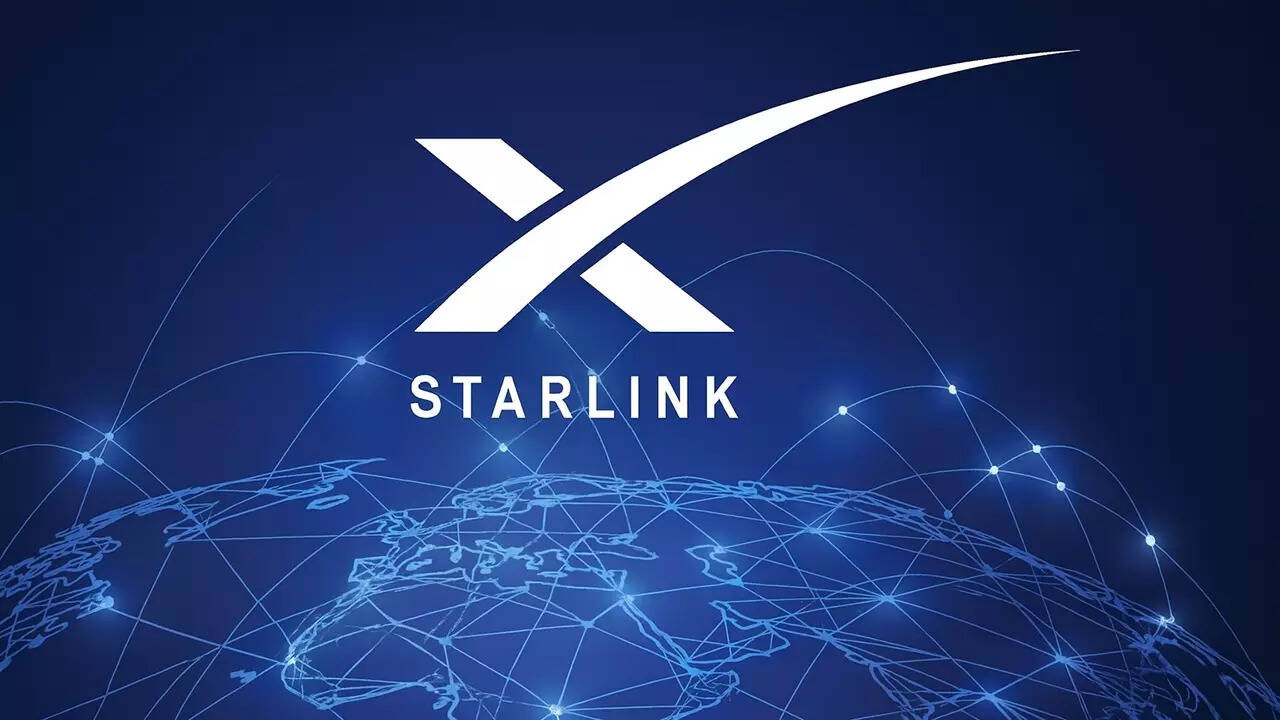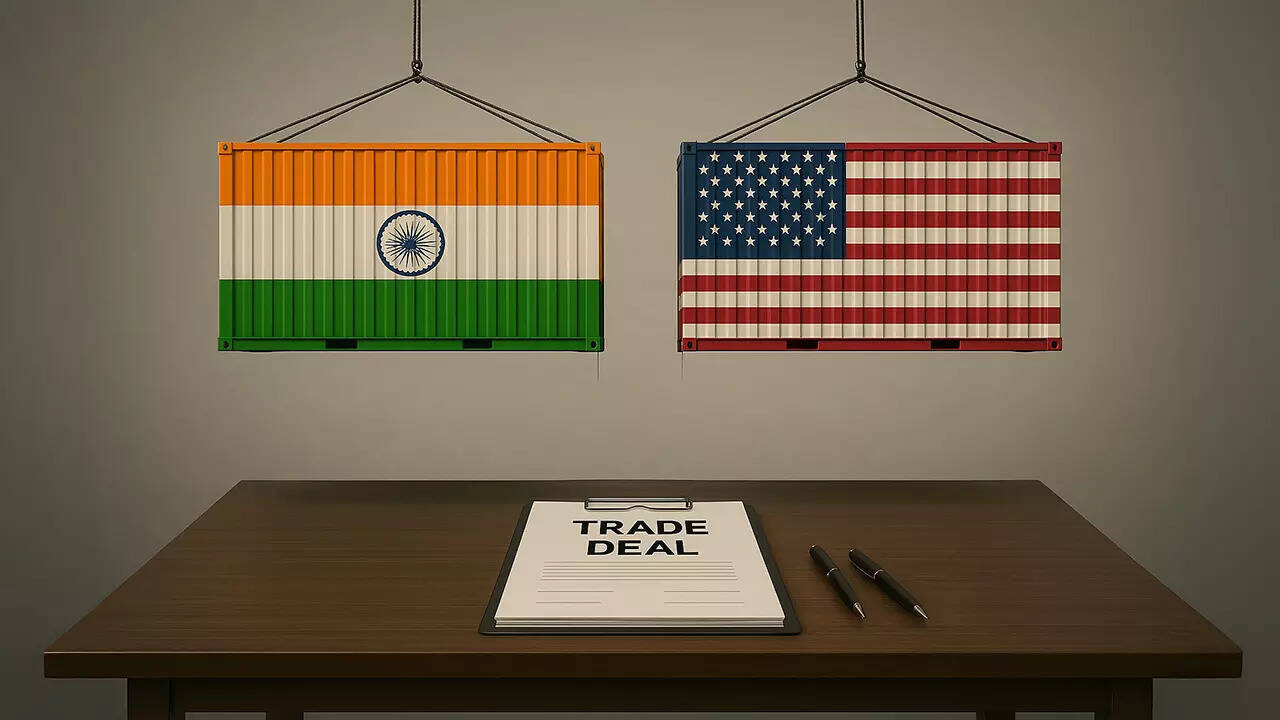India and the United States are actively negotiating a bilateral trade agreement, aiming for completion by fall 2025. Discussions during the recent US delegation visit covered market access, digital trade, and customs facilitation. Both nations seek a mutually beneficial agreement, with the US focusing on digital commerce and India seeking tariff exemptions.
Whispers of a Trade Tango: Can India and the US Find Harmony on the Dance Floor?
The air in Delhi was thick with anticipation last week, not just from the heat, but from the flurry of activity surrounding trade negotiations between India and the United States. For days, officials from both nations huddled, debated, and presumably fueled themselves with copious amounts of chai and coffee, all in pursuit of a trade agreement that could reshape the economic landscape for both countries. But what really went on behind those closed doors, and are we finally seeing the light at the end of the tunnel?
Let’s be honest, this isn’t the first time we’ve heard promises of a burgeoning trade partnership between these two giants. Remember the grand pronouncements and optimistic timelines from years past? They often faded like a vibrant sunset, leaving us with little more than a lingering sense of what could have been. This time, though, the vibe feels a little different. Maybe it’s the renewed urgency fueled by global economic shifts, or perhaps it’s the carefully cultivated personal relationships being fostered between key players. Whatever the secret ingredient, there’s a palpable sense that something real is brewing.
The word on the street (and the reports filtering out from those week-long deliberations) points towards a phased approach. Think of it like building a house – you don’t start with the roof, do you? This first phase seems to be focused on ironing out the wrinkles on a few key issues that have historically caused friction. We’re talking about things like market access for agricultural products – the US wants to sell more of its juicy apples and almonds to India, while India wants to ensure its farmers aren’t unfairly disadvantaged. There’s also the sticky issue of tariffs on certain goods, and the ever-present complexities of intellectual property rights.
Now, let’s be real, navigating these topics is like trying to untangle a plate of spaghetti. Each strand is interconnected, and pulling on one often tightens another. The good news is that both sides seem to be acknowledging the sensitivities involved and are showing a willingness to compromise.
One area where progress seems particularly promising is in reducing non-tariff barriers. These are the often-invisible hurdles that can make it difficult for businesses to operate in a foreign market – things like differing regulatory standards, lengthy customs procedures, and bureaucratic red tape. Streamlining these processes could be a game-changer, making it easier for Indian companies to export their goods and services to the US, and vice versa.
The push for a stronger trade relationship isn’t just about numbers and spreadsheets; it’s about real-world impacts. Imagine Indian artisans gaining wider access to the US market for their handcrafted goods, boosting their livelihoods and preserving traditional skills. Envision American tech companies expanding their operations in India, creating new jobs and fostering innovation. The potential benefits are enormous, but only if we get the details right.
However, it’s crucial to temper our enthusiasm with a healthy dose of realism. Trade negotiations are inherently complex and fraught with potential pitfalls. There are bound to be sticking points and moments of frustration along the way. And let’s not forget the political undercurrents that can influence these discussions. Election cycles, shifting geopolitical alliances, and domestic pressures can all throw a wrench into the works.
Ultimately, the success of this trade deal hinges on a few key factors. First, both sides need to maintain a genuine commitment to finding common ground. Second, they need to be transparent and inclusive, ensuring that all stakeholders – from businesses to farmers to consumers – have a voice in the process. And third, they need to be patient. Building a truly sustainable and mutually beneficial trade relationship takes time, trust, and a willingness to compromise.
So, what’s the verdict? Are we on the cusp of a new era in India-US trade relations? It’s too early to declare victory, but the initial signs are encouraging. The negotiations have laid the groundwork for a potentially significant agreement, particularly in this first phase. We can expect a final agreement to be reached soon, and the effects will be felt for years to come. For now, we’ll be watching closely, hoping that this trade tango leads to a beautiful and enduring partnership. Let’s just hope they can agree on the music.
📬 Stay informed — follow us for more insightful updates!







